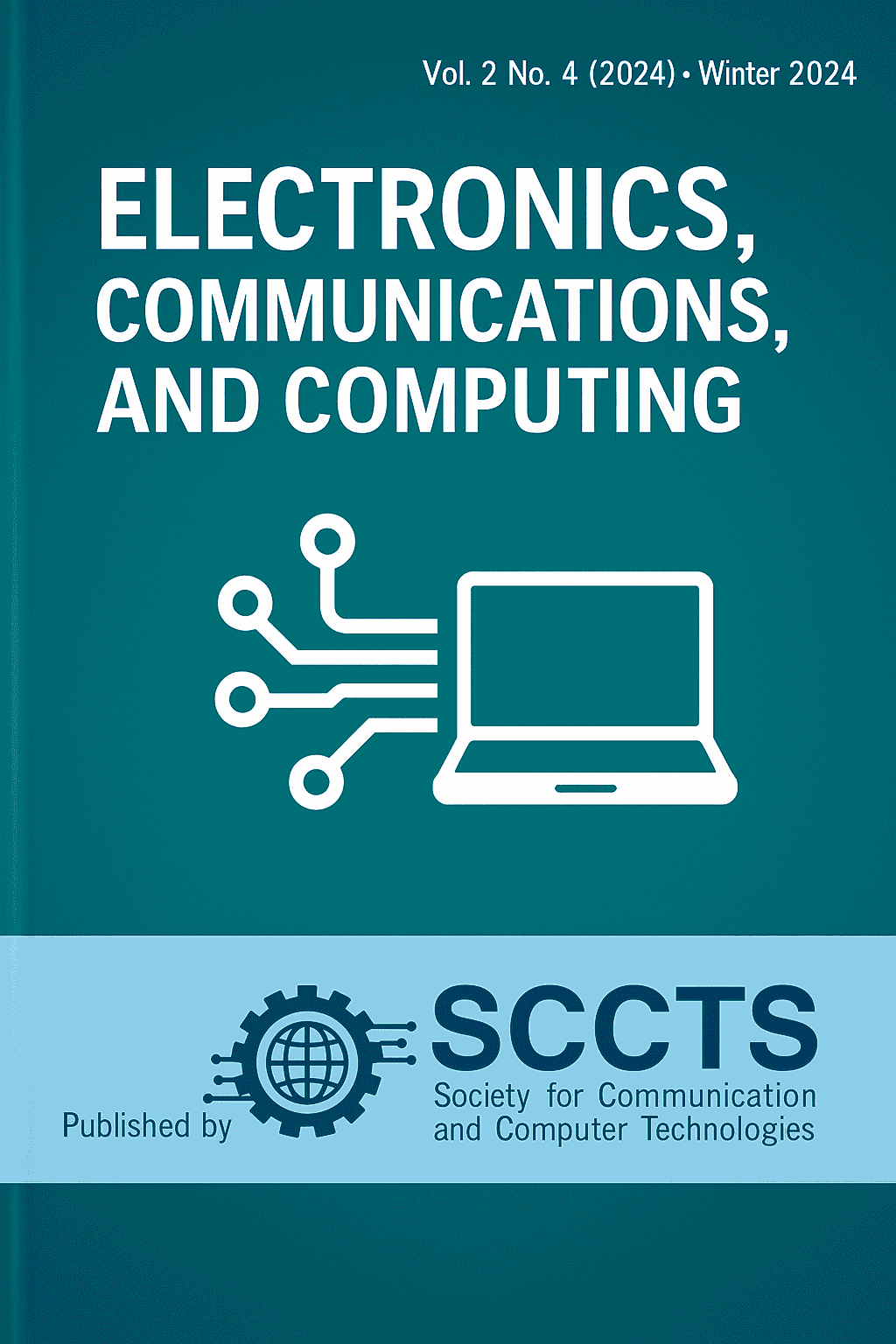Battery-Free Wearable Electronics Using RF Energy Harvesting and Ultra-Low-Power Sensors
Keywords:
Battery-free wearable electronics, RF energy harvesting, ultra-low-power sensors, rectenna, ambient energy, power management unit (PMU), BLE communication, energy-autonomous systems, smart textiles, digital health.Abstract
The emerging need of constant health monitoring, sensing and connectedness to the environment and seamless interaction of humans with the machine has triggered the development of the field of wearable electronics. Nevertheless, traditional wearable still has a drawback on its dependence on batteries, which also restrict operating of a certain period of time, raise the maintenance costs, and complicate the reduction of form factors. Dealing with these issues, the paper presents a truly battery-free wearable electronic platform that is autonomously powered by ambient radio frequency (RF) energy and making use of ultra-low-power sensor technology. The Model system proposed includes a integrated microsized multi-band rectenna circuit that can efficiently scavenge energy over a range of RF sources existing within a typical residence or urban setting including Wi-Fi base stations, cell phone base stations, and broadcast television. Harvested energy is managed very efficiently by the custom-designed power management unit (PMU) equipped with the capabilities of cold-start functionality and maximum power point tracking (MPPT) to provide optimal power to the system. The in-body node will also contain sensors of ultra-low power in order to track physiological measurements (e.g. skin impedance and temperature) and physical (e.g. motion) parameters, connected to an exceptionally efficient microcontroller, which can sleep in deep-sleep modes, and can also employ aggressive duty-cycling techniques in order to conserve power. Wireless communication is done with a Bluetooth Low Energy (BLE) module which is set up to broadcast data only during one break-point in the otherwise inactive mode, in order to reduce the power use. Thorough experimental verification in realistic indoor RF scenario (~0.2 μW/cm 2 average power density) proves that the system can accomplish the real-time sensing and periodic broadcast of Bluetooth LE (every 12-15 seconds) without the need of any battery support. The very idea of this battery-free architecture demonstrates that a sustainable and maintenance-free operation is quite possible, which brings about new opportunities in its application to the environment of digital healthcare, smart textiles, or monitoring industrial safety, as well as personalized IoT systems. This paper illustrates and enables the next generation of wearable autonomous products that can be deployed in extremely large scale and over extended periods due to the usage of RF energy harvesting combined with the best use of power management and optimum sensor design.



